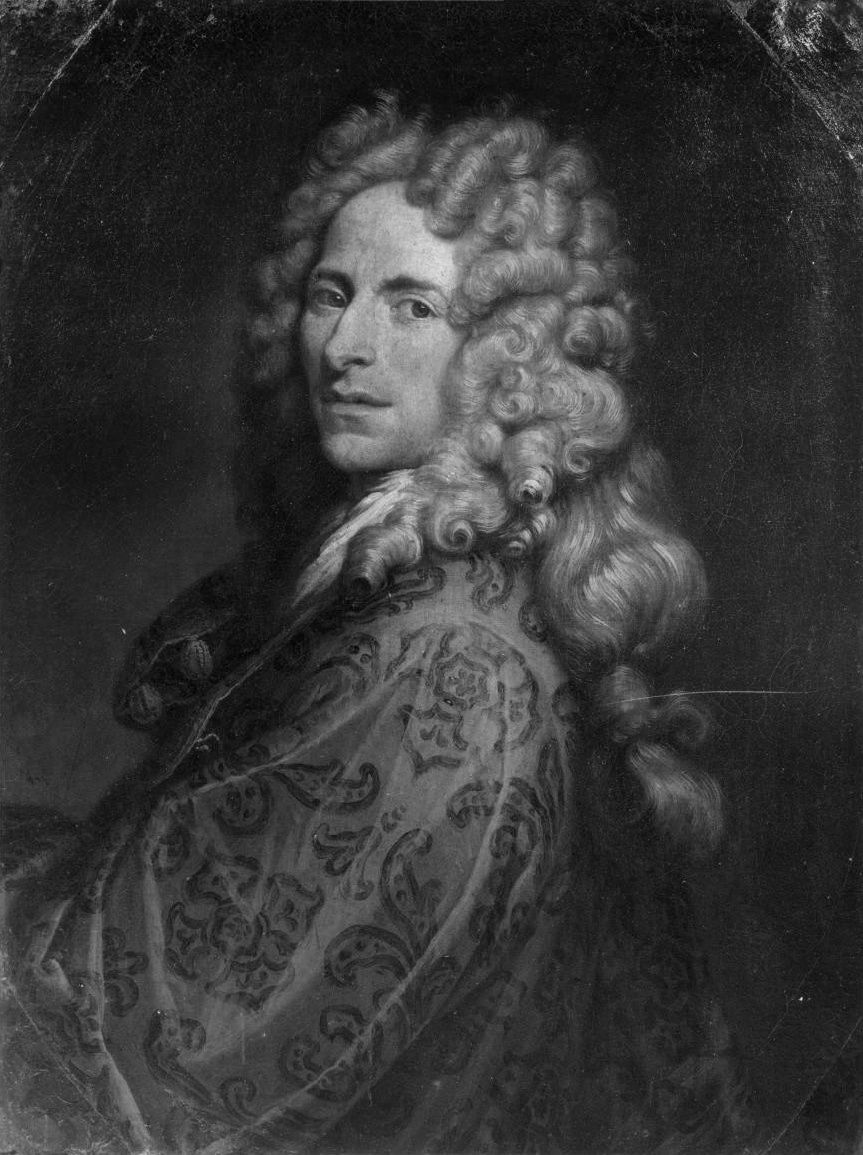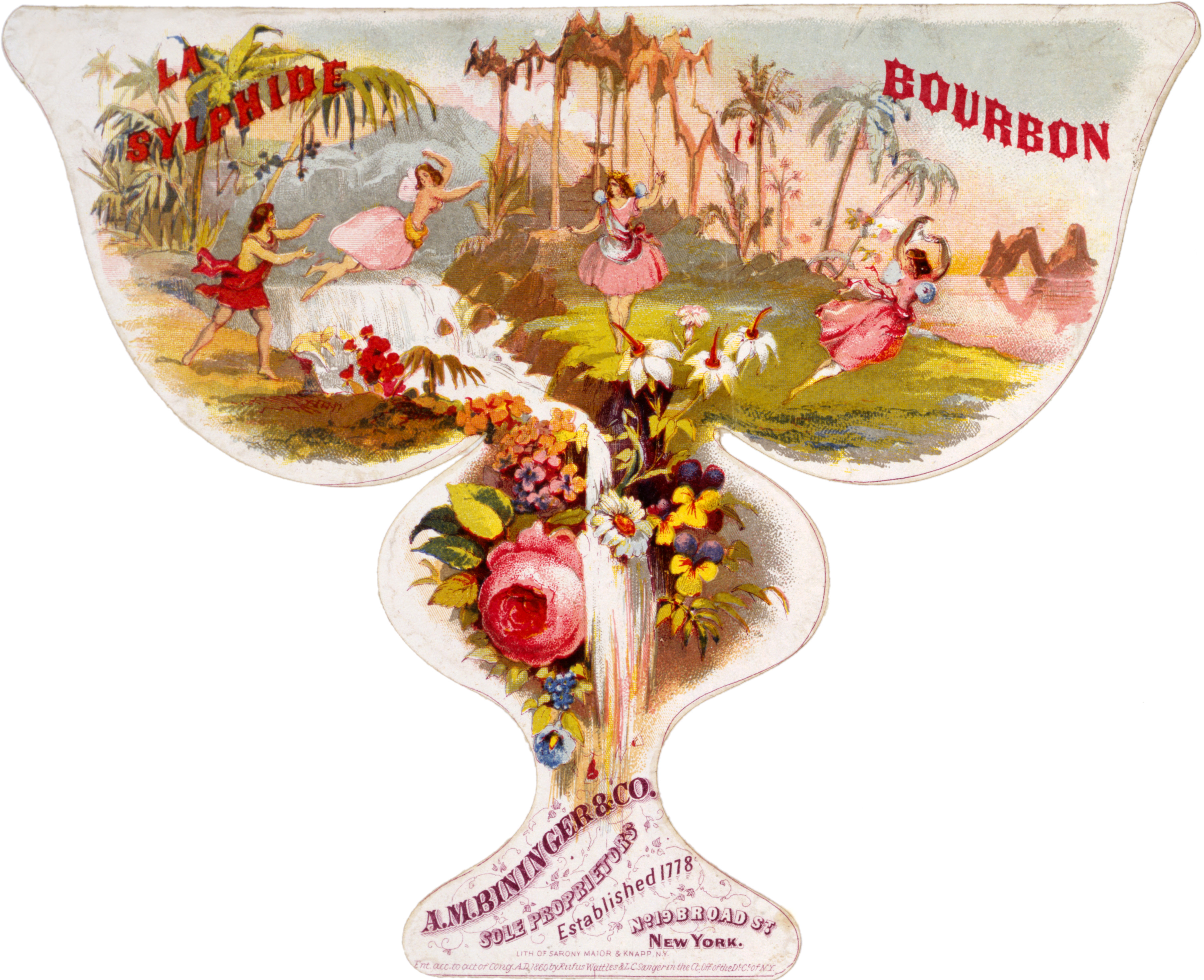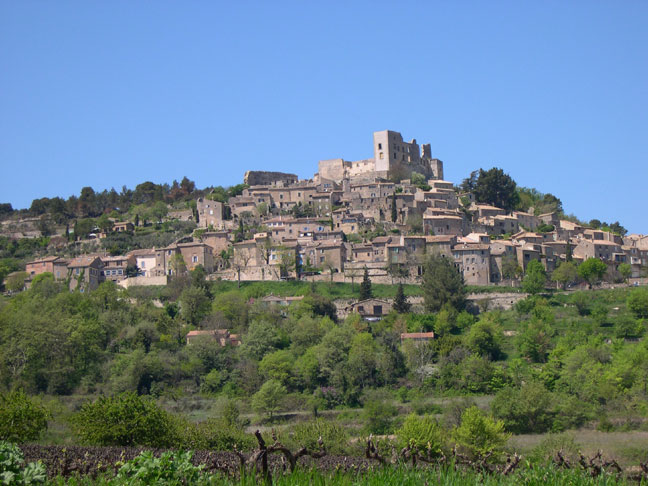|
Jean Galli De Bibiena
Jean Galli de Bibiena (French rendering of Galli da Bibbiena) was an 18th-century French-speaking writer (but of Italian descent), born in 1709 in Nancy and who may have died in 1779 in Italy. He was the son of Francesco Galli Bibiena, of the famous Galli da Bibiena family. Biography Little is known about him, except that he chose France and literature whereas his family was primarily composed of decorative painters and theater architects. If his first two novels "felt a little too foreign," "the following novels were more in the French taste ..They took place in the traditional world of the sentimental and gallant novel.Henri Lafon, op.cit." Published in 1747, his novel ''La Poupée'' ("The Doll") tells the story of a sylph who teaches love to "a young priest still virgin and very conceited". If we can consider that this novel fits into the current of libertinage, it is nevertheless appropriate to distinguish it from the works of Crébillon, Sade or Choderlos de Laclos Pie ... [...More Info...] [...Related Items...] OR: [Wikipedia] [Google] [Baidu] |
Nancy, France
Nancy ; Lorraine Franconian: ''Nanzisch'' is the Prefectures in France, prefecture of the northeastern Departments of France, French department of Meurthe-et-Moselle. It was the capital of the Duchy of Lorraine, which was Lorraine and Barrois, annexed by France under King Louis XV in 1766 and replaced by a Provinces of France, province, with Nancy maintained as capital. Following its rise to prominence in the Age of Enlightenment, it was nicknamed the "capital of Eastern France" in the late 19th century. The metropolitan area of Nancy had a population of 511,257 inhabitants at the 2018 census, making it the 16th-largest functional area (France), functional urban area in France and Lorraine's largest. The population of the city of Nancy proper is 104,885. The motto of the city is , —a reference to the thistle, which is a symbol of Lorraine. Place Stanislas, a large square built between 1752 and 1756 by architect Emmanuel Héré under the direction of Stanislaus I of Poland to lin ... [...More Info...] [...Related Items...] OR: [Wikipedia] [Google] [Baidu] |
Francesco Galli Bibiena
Francesco Galli, called Francesco da Bibiena (or da Bibbiena), a member of the theatrical Galli da Bibiena family and younger brother of Ferdinando Galli, was born at Bologna in 1659. He first studied under Lorenzo Pasinelli; but he was afterwards instructed in the school of Carlo Cignani. His knowledge of architecture and perspective was considerable; but he excelled in figures. Francesco worked at Piacenza, Parma, and Rome, and then became ducal architect at Mantua. After a stay in Genoa and Naples he was called to Vienna, where he built a large theatre. He worked successively for the Emperors Leopold I and Joseph I, and was invited to Madrid by Philip V Philip V may refer to: * Philip V of Macedon (221–179 BC) * Philip V of France (1293–1322) * Philip II of Spain, also Philip V, Duke of Burgundy (1526–1598) * Philip V of Spain Philip V ( es, Felipe; 19 December 1683 – 9 July 1746) was ..., who appointed him his principal architect. He died in 1739. Francesco wa ... [...More Info...] [...Related Items...] OR: [Wikipedia] [Google] [Baidu] |
Galli Da Bibiena Family
The Galli–Bibiena family, or Galli da Bibiena (also spelled "Bibbiena"), was a family of Italian artists of the 17th and 18th centuries, including: "Ferdinando Galli Bibiena Online" (overview), John Malyon, ''Artcyclopedia'', 2005, Artcyclopedia.com webpage: "Bibiena, Galli da, Family" (history), ''Encyclopædia Britannica Online'', 18-November-2006, Britannica.com webpage: EB-Bibienas Galli de Bibiena collection at the Canadian Centre for Architecture, webpage: "Baroque Scenography: The Galli Bibiena Family" "Galli–Bibiena, Ferdinando" (history), ''Encyclopedia of Austria'', 2006, Aeiou-Austria webpage: : has dates, Farnese dynasty, travel to Barcelona for Karl VI. "Artists' Biographies: Galli–Bibiena alli da Bibiena" ''artnet - The art world online'', NY, 2006, webpage: an-GBibiena ("artnet" is a trademark of artnet Worldwide Corporation). * father, Giovanni Maria Galli da Bibiena (1625–1665) * daughter Maria Oriana Galli Bibiena (1656 ... [...More Info...] [...Related Items...] OR: [Wikipedia] [Google] [Baidu] |
Sylph
A sylph (also called sylphid) is an air spirit stemming from the 16th-century works of Paracelsus, who describes sylphs as (invisible) beings of the air, his elementals of air. A significant number of subsequent literary and occult works have been inspired by Paracelsus's concept: Robert Alfred Vaughan noted that "the wild but poetical fantasies" of Paracelsus had probably exercised a larger influence over his age and the subsequent one than is generally supposed, particularly on the Rosicrucians, but that through the 18th century they had become reduced to "machinery for the playwright" and "opera figurantes with wings of gauze and spangles". Etymology "Sylph" is possibly a blend of from Latin '' sylvestris'' and '' nympha'', ''sylvestris'' being a common synonym for sylph in Paracelsus. Anthon and Trollope note a similar usage in the ''Aeneid'', where ''silvestris'' is taken as an elliptical form of ''nympha silvestris'' ("forest nymph"). Jacob Grimm uses this phrase as a gl ... [...More Info...] [...Related Items...] OR: [Wikipedia] [Google] [Baidu] |
Donatien Alphonse François De Sade
Donatien Alphonse François, Marquis de Sade (; 2 June 1740 – 2 December 1814), was a French nobleman, revolutionary politician, philosopher and writer famous for his literary depictions of a libertine sexuality as well as numerous accusations of sex crimes. His works include novels, short stories, plays, dialogues, and political tracts. In his lifetime some of these were published under his own name while others, which Sade denied having written, appeared anonymously. Sade is best known for his erotic works, which combined philosophical discourse with pornography, depicting sexual fantasies with an emphasis on violence, suffering, anal sex (which he calls sodomy), child rape, crime, and blasphemy against Christianity. Many of the characters in his works are teenagers or adolescents. His work is a depiction of extreme absolute freedom, unrestrained by morality, religion, or law. The words ''sadism'' and '' sadist'' are derived from his name in reference to the works of ficti ... [...More Info...] [...Related Items...] OR: [Wikipedia] [Google] [Baidu] |
Pierre Choderlos De Laclos
Pierre Ambroise François Choderlos de Laclos (; 18 October 1741 – 5 September 1803) was a French novelist, official, Freemason and army general, best known for writing the epistolary novel ''Les Liaisons dangereuses'' (''Dangerous Liaisons'') (1782). A unique case in French literature, he was for a long time considered to be as scandalous a writer as the Marquis de Sade or Restif de La Bretonne. He was a military officer with no illusions about human relations, and an amateur writer; however, his initial plan was to "write a work which departed from the ordinary, which made a noise, and which would remain on earth after his death"; from this point of view he mostly attained his goals with the fame of his masterwork ''Les Liaisons dangereuses''. It is one of the masterpieces of novelistic literature of the 18th century, which explores the amorous intrigues of the aristocracy. It has inspired many critical and analytic commentaries, plays and films. Biography Born in Amiens int ... [...More Info...] [...Related Items...] OR: [Wikipedia] [Google] [Baidu] |
Data
In the pursuit of knowledge, data (; ) is a collection of discrete values that convey information, describing quantity, quality, fact, statistics, other basic units of meaning, or simply sequences of symbols that may be further interpreted. A datum is an individual value in a collection of data. Data is usually organized into structures such as tables that provide additional context and meaning, and which may themselves be used as data in larger structures. Data may be used as variables in a computational process. Data may represent abstract ideas or concrete measurements. Data is commonly used in scientific research, economics, and in virtually every other form of human organizational activity. Examples of data sets include price indices (such as consumer price index), unemployment rates, literacy rates, and census data. In this context, data represents the raw facts and figures which can be used in such a manner in order to capture the useful information out of it. ... [...More Info...] [...Related Items...] OR: [Wikipedia] [Google] [Baidu] |
Writers From Nancy, France
A writer is a person who uses written words in different writing styles and techniques to communicate ideas. Writers produce different forms of literary art and creative writing such as novels, short stories, books, poetry, travelogues, plays, screenplays, teleplays, songs, and essays as well as other reports and news articles that may be of interest to the general public. Writers' texts are published across a wide range of media. Skilled writers who are able to use language to express ideas well, often contribute significantly to the cultural content of a society. The term "writer" is also used elsewhere in the arts and music, such as songwriter or a screenwriter, but also a stand-alone "writer" typically refers to the creation of written language. Some writers work from an oral tradition. Writers can produce material across a number of genres, fictional or non-fictional. Other writers use multiple media such as graphics or illustration to enhance the communication of t ... [...More Info...] [...Related Items...] OR: [Wikipedia] [Google] [Baidu] |
1709 Births
Seventeen or 17 may refer to: *17 (number), the natural number following 16 and preceding 18 * one of the years 17 BC, AD 17, 1917, 2017 Literature Magazines * ''Seventeen'' (American magazine), an American magazine * ''Seventeen'' (Japanese magazine), a Japanese magazine Novels * ''Seventeen'' (Tarkington novel), a 1916 novel by Booth Tarkington *''Seventeen'' (''Sebuntiin''), a 1961 novel by Kenzaburō Ōe * ''Seventeen'' (Serafin novel), a 2004 novel by Shan Serafin Stage and screen Film * ''Seventeen'' (1916 film), an American silent comedy film *''Number Seventeen'', a 1932 film directed by Alfred Hitchcock * ''Seventeen'' (1940 film), an American comedy film *''Eric Soya's '17''' (Danish: ''Sytten''), a 1965 Danish comedy film * ''Seventeen'' (1985 film), a documentary film * ''17 Again'' (film), a 2009 film whose working title was ''17'' * ''Seventeen'' (2019 film), a Spanish drama film Television * ''Seventeen'' (TV drama), a 1994 UK dramatic short starring Christi ... [...More Info...] [...Related Items...] OR: [Wikipedia] [Google] [Baidu] |
18th-century French Dramatists And Playwrights
The 18th century lasted from January 1, 1701 ( MDCCI) to December 31, 1800 ( MDCCC). During the 18th century, elements of Enlightenment thinking culminated in the American, French, and Haitian Revolutions. During the century, slave trading and human trafficking expanded across the shores of the Atlantic, while declining in Russia, China, and Korea. Revolutions began to challenge the legitimacy of monarchical and aristocratic power structures, including the structures and beliefs that supported slavery. The Industrial Revolution began during mid-century, leading to radical changes in human society and the environment. Western historians have occasionally defined the 18th century otherwise for the purposes of their work. For example, the "short" 18th century may be defined as 1715–1789, denoting the period of time between the death of Louis XIV of France and the start of the French Revolution, with an emphasis on directly interconnected events. To historians who expand ... [...More Info...] [...Related Items...] OR: [Wikipedia] [Google] [Baidu] |




